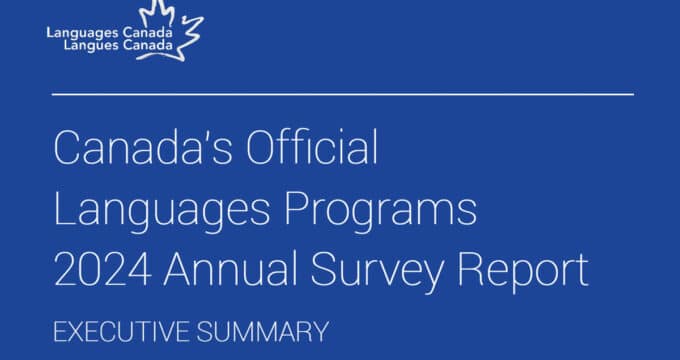New survey finds growing emphasis on internationalisation in Latin American higher education
The ALFA PUENTES project is a collaboration of more than 20 national and international university associations from across Latin America and Europe. Funded in part by the European Commission, the project aims to explore a number of important issues – including mobility and internationalisation – and to strengthen higher education systems in Latin America as well as institutional linkages between Europe and Latin America. The project is proceeding against a backdrop of growing higher education participation across the region, as well as indicators of a strengthening interest in study abroad. And now a recently concluded ALFA PUENTES survey – “Transformations in Latin America Higher Education” (TRESAL) – reinforces that there is indeed a growing emphasis on internationalisation among higher education institutions in Latin America. The TRESAL survey was remarkably comprehensive and ambitious in its scope, and was actually composed of three parallel surveys: the first targeted to university leaders, the second to faculty, and the third to students. The findings are wide-ranging and are fully documented in both an executive summary (in English) as well as a complete survey report (Spanish only). TRESAL paints a picture of a young system, with 80% of responding Latin American institutions established after 1950, and a quarter of those opening their doors between 2000 and 2010. While more than half of respondents were private institutions, much of the higher education enrolment in the region remains concentrated in public institutions. The survey also reflects that educators and institutions in the region are anticipating change on a number of fronts in the next five years, including the impact of shifting demographics, a growing emphasis on internationalisation, pressures to enhance research capacity, and the need for greater links between institutions and business. We narrowed in on the findings with respect to mobility and internationalisation, such as:
“The preferred destinations for Latin American students are the United States of America, Canada and Europe, in that order,” says the TRESAL executive summary.
“For some sub-regions, Europe is the first option and their own sub-region is also seen as a priority (in Mercosur for example). These results are an example of the potential for growth in mobility and cooperation within the Latin American region. The modest rise in interest in Asia and Australia should also be noted. In students’ responses, interest in studying abroad in other regions is as follows: 12% in Australia and New Zealand and 11% in Asia, in comparison to 18% in the US and Canada and 17% in Europe.” The TRESAL survey flags an important regional mobility trend that we have also commented on in the past: Latin students tend to pursue study abroad opportunities outside their home region to a greater extent than do students from, for example, Asia or Europe. A related commentary from the European University Association notes, “There is relatively little interest in mobility within the Latin American region, despite the small but increasing number of internal mobility programmes.” As the earlier quote reflects, TRESAL results were tabulated for Latin America as a whole, and then also for a series of sub-regions – the Andean Community, Mercosur, Central America, and Mexico – as a way to more precisely track variations in response across Latin America. These sub-regional variations were apparent in a number of TRESAL findings, including the survey responses with respect to inbound student mobility. On the whole, 42% of university leaders expected the number of inbound students hosted by their institutions to increase in the next several years. When broken down by sub-region, the responses reflect more varied expectations regarding attractiveness to foreign students and/or readiness to host larger numbers of inbound students; 67% of university leaders in the Andean Community expect to host larger numbers of inbound students in the years ahead, as compared to 51% in the Mercosur, 36% in Central America, and 28% in Mexico.
Of particular note for recruiters is the TRESAL finding that only one third of university leaders said there is information for study abroad available at their institution. Similarly, only two in five student-respondents to the survey said that they had received information on study abroad.
Leaving aside the fact that students have increased access to study abroad information from agents, peers, and online sources, this still suggests an important opportunity to reach prospective Latin American students through their home institutions. Related to this is the finding that nearly half of university leaders in Latin America consider student mobility an essential aspect of internationalisation. One in five consider study abroad to be “a crucial factor for success in the labour market.” A number of Latin markets have experienced dramatic growth in higher education participation rates in recent years, and are projecting similar, significant growth in the years ahead. When paired with a growing emphasis on internationalisation among higher education institutions in the region, this again suggests strengthening opportunities for international recruitment across the region.


















